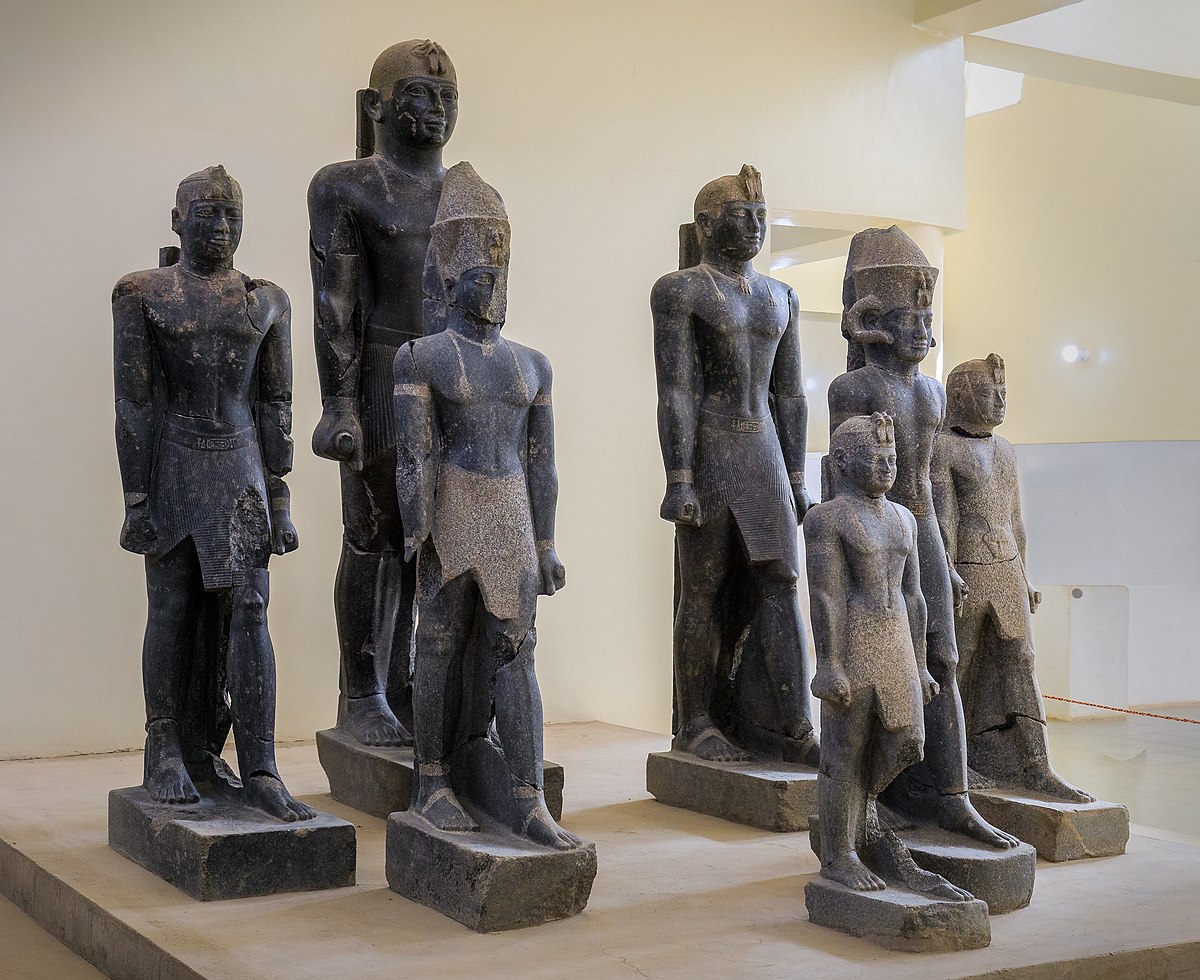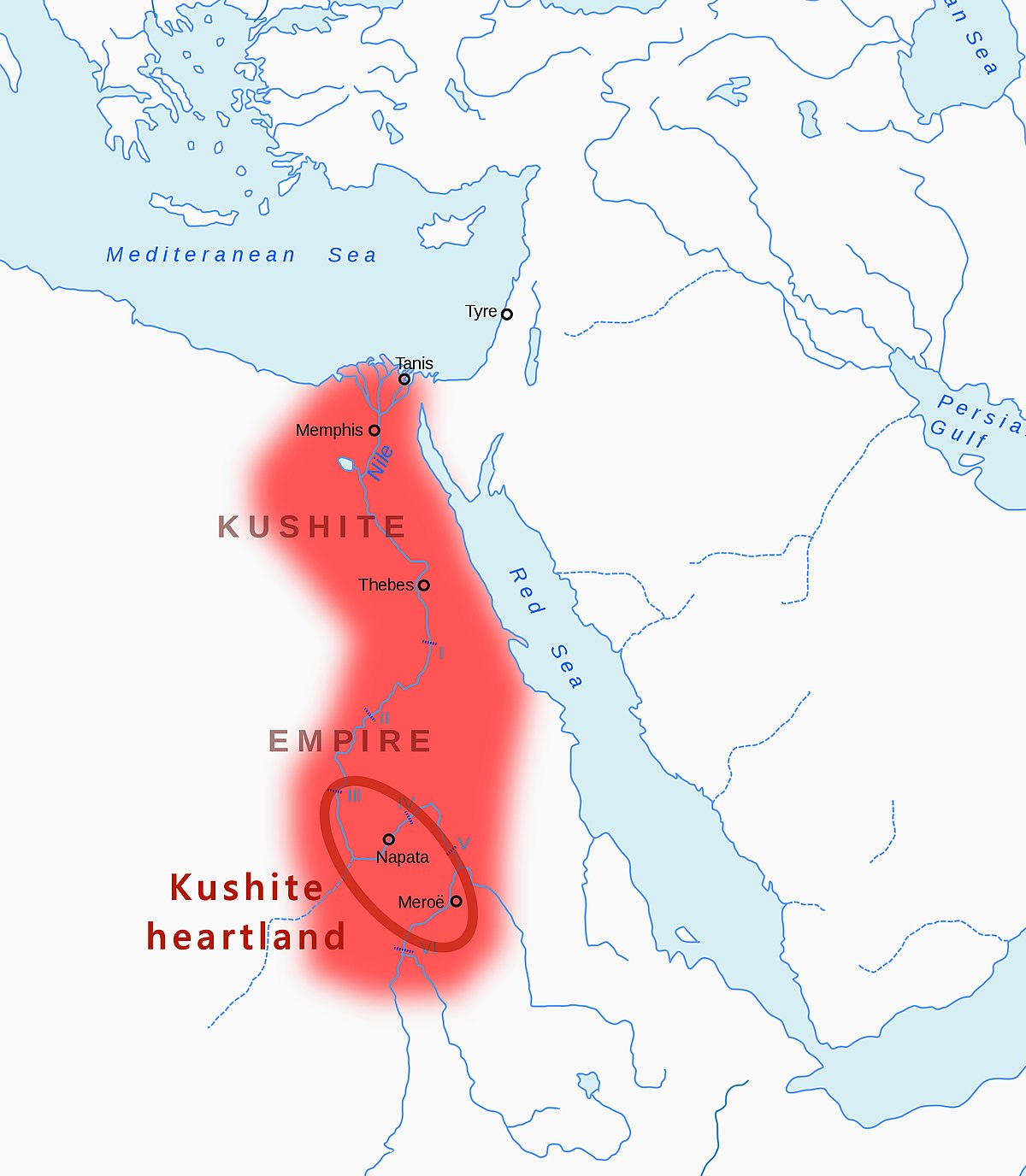Well sugarcoat my fookin man tits, there really were ethnically dark skinned people with pharaoh iconography.

en.wikipedia.org

en.wikipedia.org
This is most likely the birth location of Zasalamel, I'm surprised Kush gets overshadowed by Aincent Egypt, but I wouldn't be surprised it's because of Egypt's relationship with the Roman Empire.
Yeah, I was about to launch into an overt discussion of the here of the history and paleogenetic research here, but that seems superfluous now; it suffices to say that, notwithstanding the multiplicity of ethnicities in Africa, there most certainly are dark-skinned peoples in North Africa (indeed, they are by far the most common phenotype in that region, and the skin tones would have been even more uniformly dark in the era before arabic hegemony). Now, it is true that studies have tended to suggest that the earliest populations of Lower Egypt (that is, what we would today call Northern Egypt) tended to be more directly descended from the people of the Levant. But bear in mind that Ancient Egypt was the original metropolitan/synchronistic culture and that its history spanned thousands of years, and involved the assimilation of fairly large numbers of people from both the near east and northern Africa. They had, in short, a fairly strong assortment of skin tones, at least for a society in that epoch of history. They simply varied in how much these groups had a franchise on power (and thus made it into the archeological record) at various different times in the culture's history.
Anyway, all of these tangential matters put to the side, I 100% agree with you as to your original assertion: that is, I share you suspicion that Zasalamel is at least somewhat inspired by a generic Egyptian motif: the clothing, the tattoos, the "from the mystical origins of time" trope that is his character, and even his weapon (the scythe was not a reliable weapon of war for Egyptians, but it was a part of the iconography, and a number of the ceremonial accoutrements that one sees in classical Egyptians pictographs, and indeed that one finds in tombs themselves, are related to scythes).
Unfortunately (and this is relevant to the broader discussion going on right now), by SCIII, PS seemed to have given up on making characters that were strongly linked to real-world cultures and instead turned towards a habit of making new characters either vague as to their origins, or citizens of completely fictional nations. It's actually kind of a watershed change in the development of the franchise's design and aesthetics--but bluntly, also one I wish they would reverse, as I would much rather we had characters representing actual historical fighting styles and cultures over the kind of vague, hand-wavy, anime-generic quality that most new characters in the franchise have represented since SCII. Of course the cultural match-up/internal consistency/logic were not exactly great even in the early franchise, but I'll certainly take a vaguely defined 'Korean' like Hwang over some Bleach reject like Groh.




